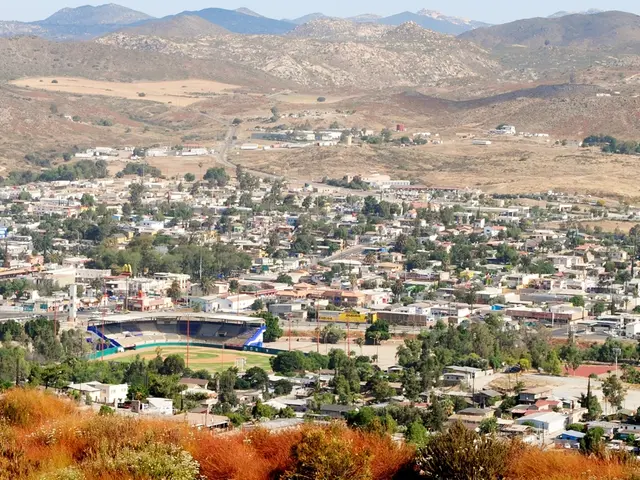Southeast Asia's Energy Demand to Soar 80% by 2035, Renewable Plans Unveiled
Southeast Asia's energy demand is set to soar, with projections indicating a staggering 80 percent increase by 2035, equivalent to Japan's current energy usage. To tackle this, governments have pledged to boost renewable energy and cut emissions. The region's vast potential in solar, wind, and hydropower presents opportunities for clean energy growth.
In 2015, Southeast Asian nations committed to enhancing their renewable energy share and reducing greenhouse gas emissions. Malaysia targets 4 GW of renewable energy by 2030, while Singapore aims for 350 MW of solar PV by 2020. Indonesia plans to have 23 percent of its total energy mix from renewables by 2025, and the Philippines aims for 15 GW by 2030.
The region's hydropower potential is substantial, with the Lower Mekong Basin alone estimated to have 30,000 MW of potential. Vietnam, Cambodia, Laos, and Myanmar are well-positioned to harness this resource. Meanwhile, solar potential is abundant, with average daily solar radiation of 4500 kWh m2 and sunshine for about 12 hours a day. Commercially useful wind potential exists in several countries, with the Philippines leading with an estimated 76,000 MW.
Despite progress, the non-electrification rate in the ASEAN region stands at 120 million people. Indonesia and the Philippines have significant geothermal potential, with Indonesia estimated to have 28,807 MW of geothermal resources. Malaysia, the world's third-largest producer of PV cells and modules, is well-positioned to support regional solar growth.
With a target to achieve 23 percent renewables in the region's fuel mix by 2025, Southeast Asia is poised for significant clean energy growth. The region's vast renewable energy potential, coupled with increasing demand, presents opportunities for investment and innovation in solar, wind, hydropower, and geothermal energy. Successful implementation of these plans will not only help meet growing energy demand but also reduce the region's carbon footprint.
Read also:
- Wind Farm Controversy on the Boundary of Laois and Kilkenny
- Delaware's contentious offshore wind project faces uncertainty as the Trump administration reverses course on clean energy initiatives.
- Texas greenlights $1.8 billion investment for solar, battery, and gas-based microgrid construction
- Trump initiated an order to maintain the operation of a Michigan coal power plant, which was gearing up for closure.








